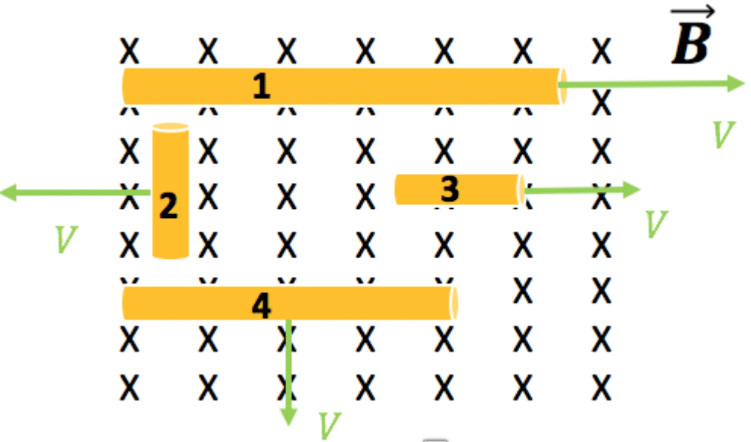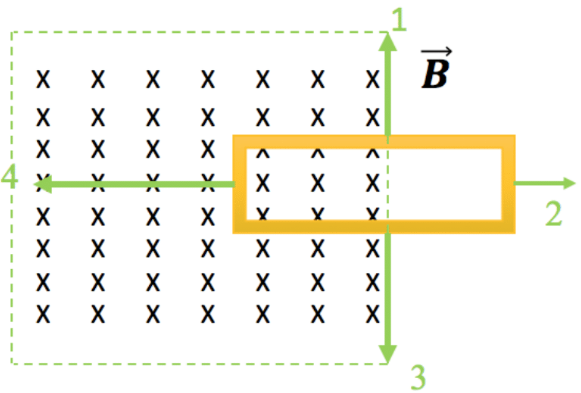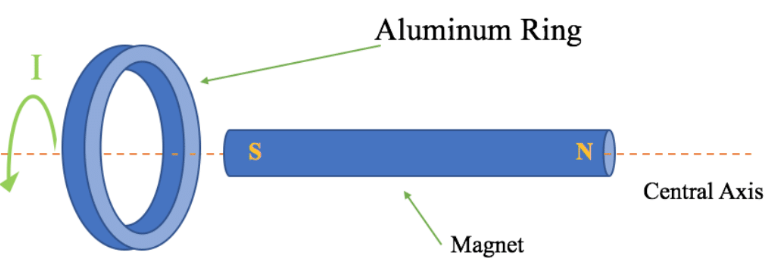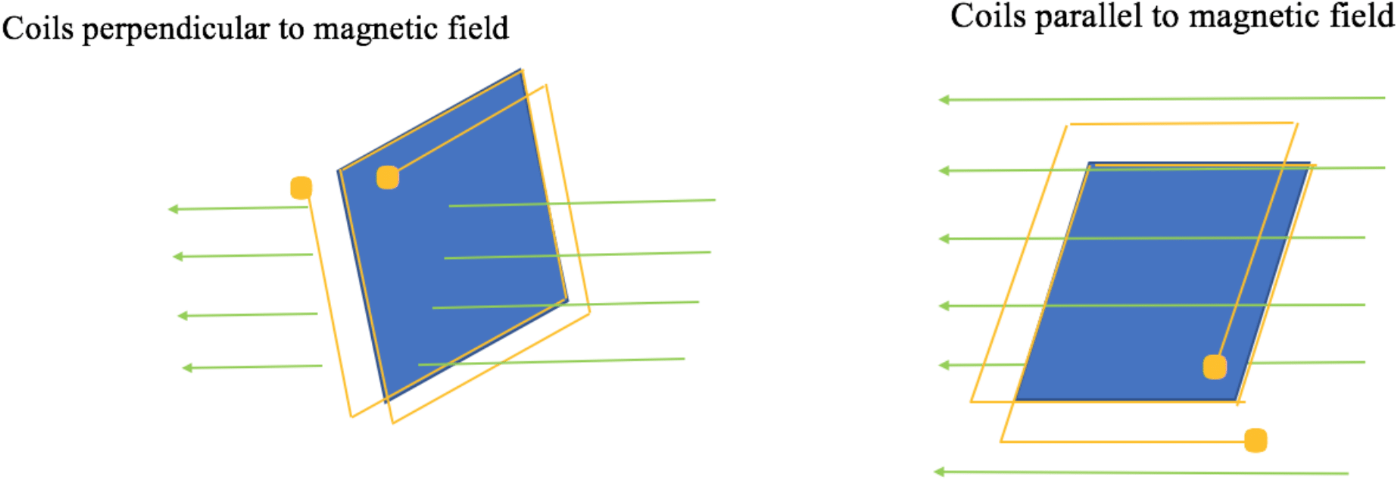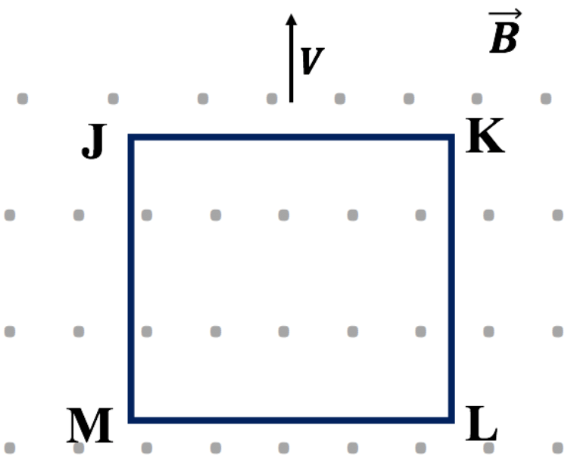In this lesson, we will learn:
- Faraday’s Law
- Faraday’s Law of Induction
- Different methods of inducing emf.
Notes:
Faraday’s Law
- According to Faraday the induced emf is proportional to the following factors:
- The rate of change of magnetic flux through the loop, .
- The loop’s area () and angle ().
Unit: tesla.meter2 = weber ()
: is the component of the magnetic field perpendicular to the face of the loop.
: is the angle between magnetic field and a line perpendicular to the face of the loop.
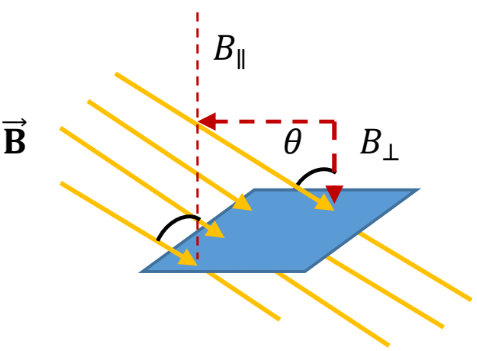
Notes:
a. When the loop is parallel to , =90° and 0
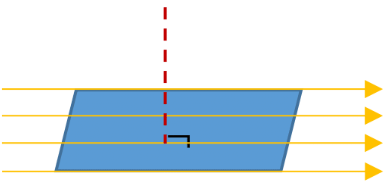
b. When the loop is perpendicular to , =0 and

- Number of line per unit area is proportional to the filed strength, therefore, is proportional the the total number of lines passing through the loop’s area
- When the loop is parallel to , no filed line will pass through the loop, =0
- When the loop is perpendicular to , maximum number of lines will pass through the loop, is maximum.
- The flux through the loop changes by the amount of over interval of time, therfore, the induced emf is calculated as follows;
if the loop contains N loops, the induced emf in each loop adds up;
In general, there are three different ways to change the magnetic flux;
- Changing B
It could be done by changing the number of the loops, which in return changes the strength of the filed.
More number of loops larger magnetic field bigger flux - Changing A
The current can be induced by changing the area of the loop. As flux through the loop changes, the current is induced to maintain the the original flux. - Changing
- The current can be induced by rotating the coil in a magnetic field. The flux through the coil goes from maximum to zero.

Note: decreasing the area of the loop, induces a current, the induced current acts in a direction to increase the magnetic field in the original direction. Therefore, a magnetic field into the page is induced.


